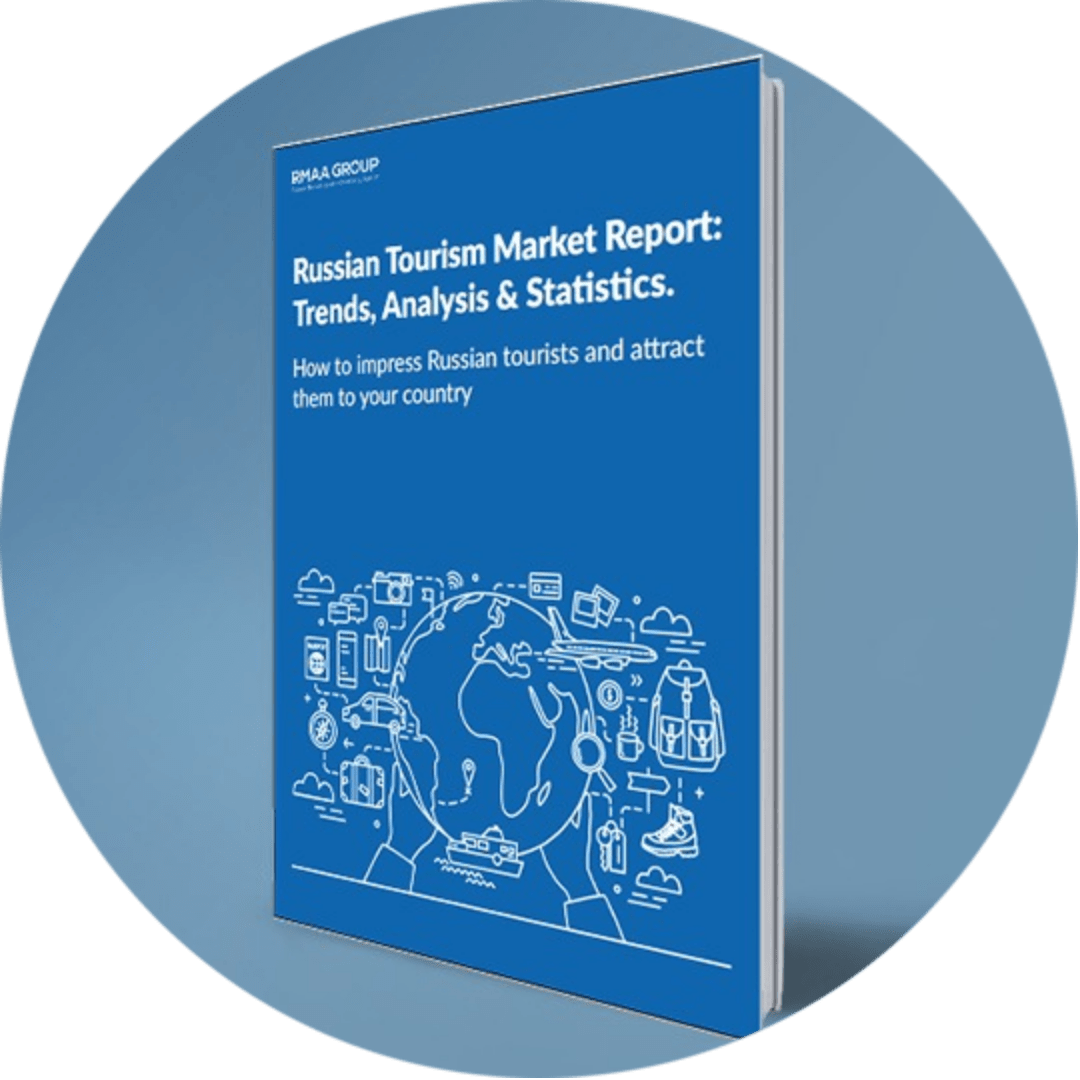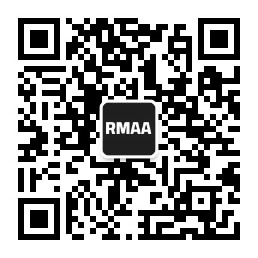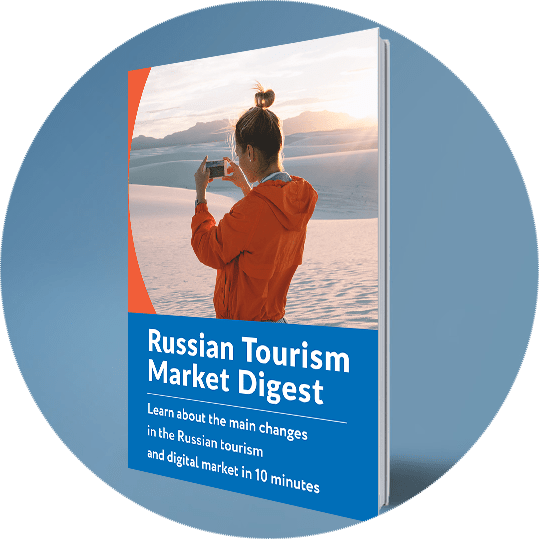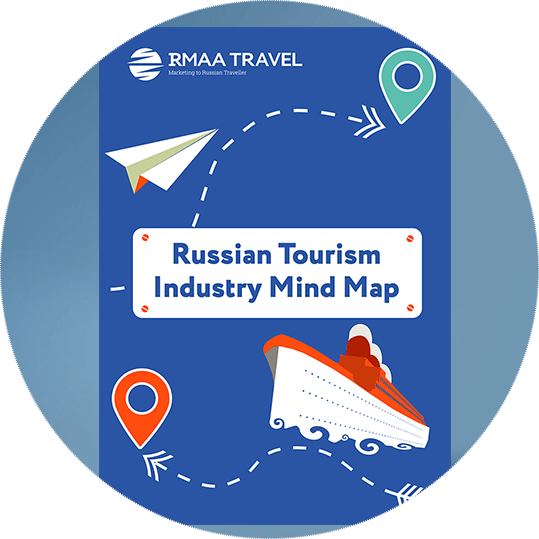Blog about successful marketing strategies in russia
99 Content Ideas for Travel Business


DIGITAL MARKETING
Share this Post
During overall restrictions in cross-border traveling, travel blogs become a source of inspiration and routing for new travels.
A travel blog, first of all, should meet the needs of its target audience:
- Help learn about the destination and its landmarks;
- Give ideas on how to spend time;
- Reduce risks when planning a travel;
- Increase effectiveness of preparation;
- Above all, contribute to decision-making related to the trip.
We prepared 99 topics of travel content that will let you maintain your blog effectively throughout the year and never repeat yourself.
Timeless
1. How to prepare for a trip: a list of things you must take along for your trip.
2. How to get to your place quickly and at ease.
3. How to get to your place if you are a tourist with a low budget.
4. How to quickly get a visa to go to some place (where, what documents are needed etc.).
5. Tips upon arrival: taking a bus or a taxi from an airport, where to exchange money to local currency, what mobile operator to choose etc.
6. Choosing an ideal season for the trip: describe weather, traffic, availability of hotels in different seasons.
7. How to travel across a country not knowing its language: this can be a list of phrases in the national language that will be helpful in travels or, if you have language courses for tourists, tell about them.
8. Selections or reviews of fiction books and movies about countries/cities.
9. List of useful apps for travelers: maps, messengers, data portals, and other resources that are essential in a particular region.
More about the region
10. 5 reasons to visit a region: tell about grounds that should inspire tourists to visit your very country or city.
11. Region guide.
12. Pros and cons of visiting the region.
13. The first thing to do when coming to the region.
14. Myths about the region: what is true and what is false?
15. Car rental and transfer in the region.
16. Top travel routes across the country/region/city.
17. How to travel across the country/city, how much it costs, how to save, and where to find stops.
18. The first thing to do in the country/city.
19. Natural assets of the country: what national parks to visit, mountains to conquer, rivers to swim across etc.
20. Top excursions.
21. Top landmarks.
22. Top beaches/ski slopes.
23. A list of viewpoints: this can include both buildings and the highest spots, from where the surroundings are spread before the eyes.
24. A selection of 2020 best regional pictures.
25. Top places for beautiful photos.
26. Top beautiful buildings.
27. Top bars/cafés/restaurants.
28. A selection of authentically designed landmarks.
29. A selection of non-touristic places and landmarks.
30. Top hotels.
31. Top night clubs.
32. A selection of ‘no-tourists’ cafés: tell about venues where one can find only local, non-adapted cuisine.
33. A selection of souvenirs that must be brought from the country.
34. An overview of city buildings: style description, an architect’s idea, shocking incidents.
35. Museums/cathedrals/theaters to visit.
36. A list of interesting historical facts about the region.
37. Specifics of regional flora and fauna: tell about unusual plants and animals that inhabit only your region.
38. Peculiarities of national shopping: tell about large shopping malls, original shops, shopping streets.
39. What to do with 48 hours—what must be done/seen in the region if you only have a weekend.
40. A 2-week tour: a list of activities for every day.
41. The region as it is seen by tourists: a selection of real reviews, pictures and video from tourists.
42. Comparing cities and regions: tell what city in your country will be more interesting for what tourists to visit.
43. Regional mysteries and legends.
44. Outdoor activities: a list of activities for every day.
National and cultural specifics
45. A selection of national songs.
46. National recipes.
47. A list of national dishes that should not be eaten by an unprepared tourist: this list may also include dishes that may seem shocking.
48. Regional cultural specifics.
49. Regional religious specifics.
50. A list of upcoming events in the region (sports, cultural, national, etc.—everything that can be of interest for travelers).
51. National holidays and specifics of their celebration.
52. Unusual national rituals and traditions.
53. A list of places where one can listen to live music.
People
54. Stereotypes about regional inhabitants.
55. Regional communication specifics: intonation, gestures, mime—tell what tourists should mind in their behavior in order not to find themselves in an embarrassing situation.
56. How to dress to be accepted as one of the group: tell about local dressing features.
For tourists with kids
57. Should you take your child on a journey? Honestly tell whether hospitality venues and landmarks in your region are safe for children and whether your region will be interesting for a child at all.
58. A list of must-have things to take when traveling with children: food, medicines, or other basic commodities that are difficult or impossible to get in the region.
59. Hospitality services that families with children can count on.
60. Top entertainments with kids.
61. Where to go with kids.
62. A list of things to be done by a child in the region before he/she grows up.
63. Food to offer to a child: where and with what to feed.
64. A holiday for the benefit of kids: tell about courses, master classes, and activities that children can attend when on travel.
65. How a family can travel to its advantage: tell about favorable offers applying to families with children—these can be cheap tickets to a circus or a safari or a descent of a mountain at a better price.
For tourists with pets
66. Should you take your pet on a journey? Honestly tell whether the hospitality market is adapted for requirements and needs of pets’ masters.
67. Extra requirements to a pet passport: if any extra vaccination is required to enter the region, be sure to tell about that.
68. Hotels where one can stay with pets.
69. Rules to visit landmarks with pets in your region.
70. Cafés where your pet can be fed.
71. A list of places and venues where visitors with pets are welcome.
For those who travel alone
72. A list of things that everyone who travels alone must do.
73. Top places for perfect selfies: show a tourist that even one person can bring a bunch of not only impressions but also beautiful pictures about traveling.
74. A selection of places that everyone who travels alone must visit.
75. Where one should not go alone: this matters, too—venues for couples, noisy get-togethers, and families is not the best option for a single tourist.
76. Hitchhiking: how safe it is to travel across the region on one’s own.
For couples
77. 5 reasons to celebrate a wedding in your very region.
78. How to organize a nationally stylized wedding.
79. A list of the most romantic regional landmarks.
80. A list of venues for a romantic breakfast/lunch/dinner in the region.
81. To-do-list for two people in the region.
82. A list of hotels with best offers for the newly married.
For adrenaline addicts
83. A list of regional extreme entertainments.
84. Every Daredevil Must Try It: a list of foods or local cuisine dishes that not every tourist will ever agree to taste.
85. A list of abandoned places: this is a topic pushing you to look at your region with new eyes and to tell about the places that were abandoned for one or another reason, but are still of historic, cultural, or architectural value.
For ecotourists
86. A list of agro farms and ecovillages.
87. A list of cafés and restaurants for vegans.
88. Specialized regional tours (environmentally educational and scientific—ornithological, botanical).
89. A list of ideas for outdoor activities in the region (without extreme).
Yet more about safety
90. Countries, the entry of tourists from where is already open; being planned; on the contrary, closed.
91. What safety measures were/are/will be taken due to new circumstances related to COVID-19.
92. How to be on the safe side during the trip (what insurance to get, where to pass tests etc.).
93. Recommendations on going to cafés and restaurants during the pandemic: what should be kept in mind when choosing and, in particular, visiting a restaurant.
94. What points of interest will be impossible to visit due to restrictions.
95. A list of unpopular landmarks where there will certainly be no congestion when visiting them.
96. A list of regional individual tours.
97. A list of boutique hotels and inns where tourists will manage to avoid congestion.
98. A list of camping areas.
99. Unpopular cities and streets—tell about places in your region where a tourist can stay alone or in private with their partner or friends.
Are you looking for new ideas for the promotion strategy in the Russian market? RMAA Travel experts will help you elaborate an exclusive action plan to conquer Russian tourists.
Travel Research
The Russian Tourism Market Report: Trends, Analysis & Statistics | 2019. How to impress Russian tourists and attract them to your country

Ready to partner with the specialists in Russian travel marketing and advertising?
About the Author
Head of Digital, editor-in-chief of the RMAA Agency Blog
Join 2,000+ of your Peers!
Get our latest articles delivered to your email inbox and get our exclusive White Paper "Digital Marketing in Russia. Finding your customers on the internet" for FREE!
You will be the first to know about Russian marketing insights,
news and updates from our agency.
Stay tuned!
We're updating our website's design step by step, so some pages may look different. Thank you for your understanding.
Got it
















